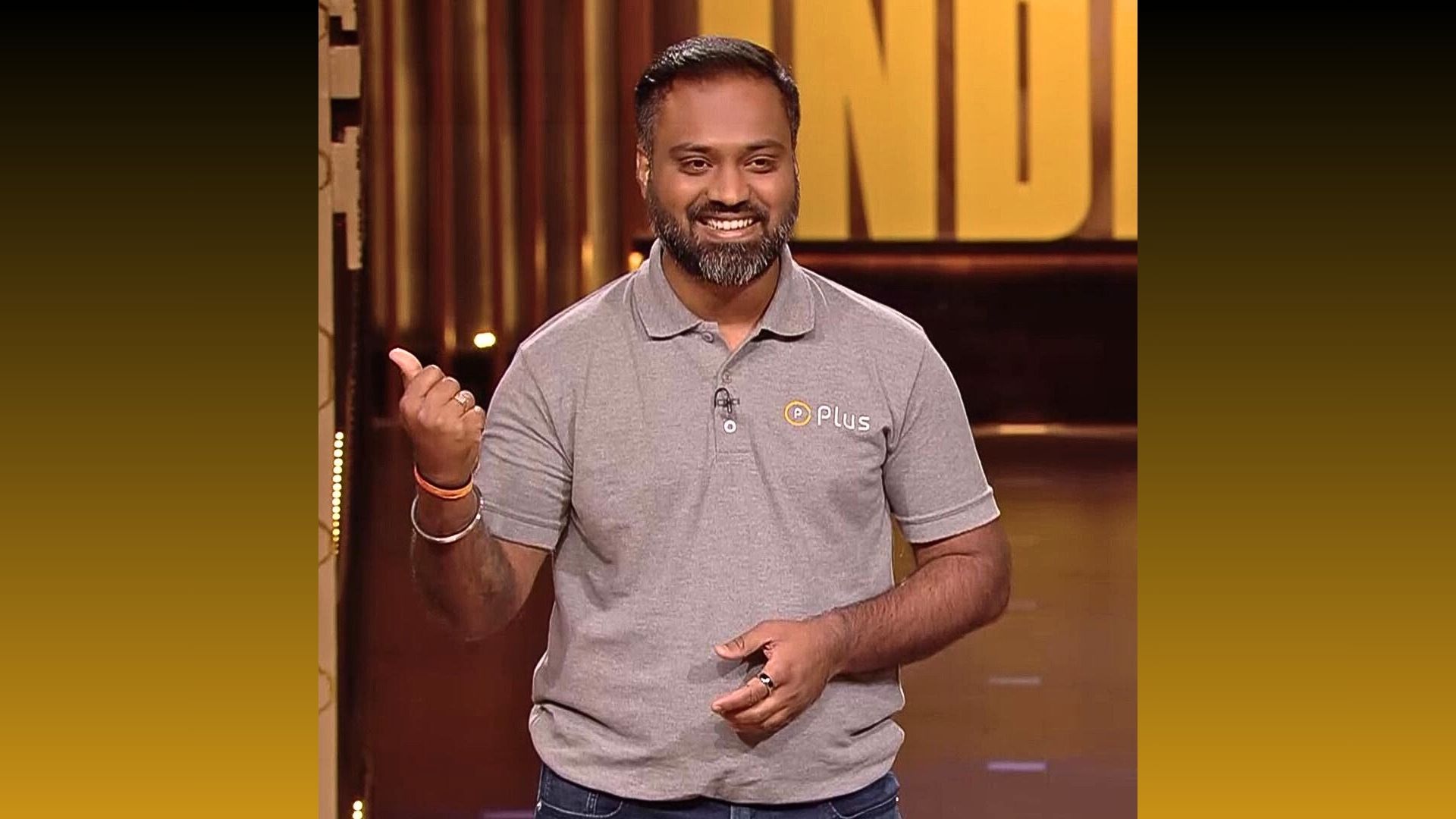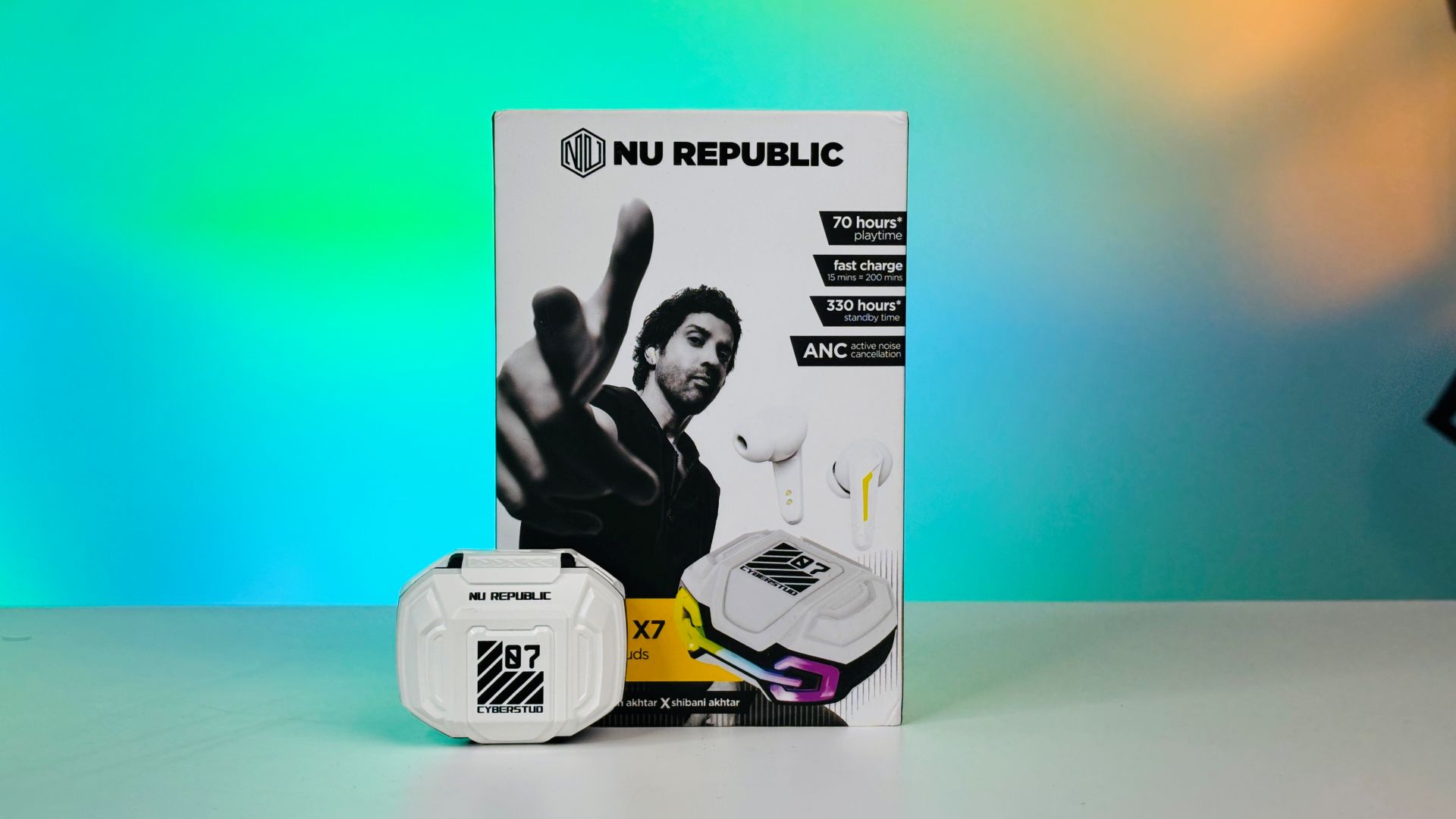
In a remarkable display of technological advancement, Google’s AI company, DeepMind, recently orchestrated a series of table tennis matches that pitted their AI robot against 29 skilled human players. This ambitious endeavor aimed to assess the robot’s capabilities in a dynamic and physically demanding sport, pushing the boundaries of what artificial intelligence can achieve.
The research team meticulously selected players of diverse skill levels, ranging from beginners taking their first swings to seasoned veterans with years of experience. A professional table tennis instructor evaluated each player, ensuring a fair and comprehensive assessment of the AI’s performance. The matches adhered to standard table tennis rules, with minor modifications to account for the robot’s physical limitations, such as its inability to serve.
The results were nothing short of impressive. The AI robot secured victory in 45% of the matches and 46% of the games, demonstrating its competitive prowess. It dominated against beginner players, winning all matches, while facing a tougher challenge against the advanced and advanced+ players, where it lost all encounters. The robot’s performance against intermediate players was particularly noteworthy, securing a win in 55% of the matches, highlighting its ability to adapt and strategize against formidable opponents.
This groundbreaking achievement underscores the rapid advancements in AI and its potential to excel in complex physical activities that were once considered exclusive to humans. The AI robot’s ability to track the ball’s trajectory, anticipate its opponent’s moves, and execute precise shots showcases the sophistication of its algorithms and the effectiveness of its training regimen.
The implications of this development extend beyond the realm of table tennis. It opens up exciting possibilities for AI to contribute to various fields, from healthcare and manufacturing to transportation and entertainment. As AI continues to evolve and learn, we can anticipate even more remarkable feats in the future, blurring the lines between human and machine capabilities.


















